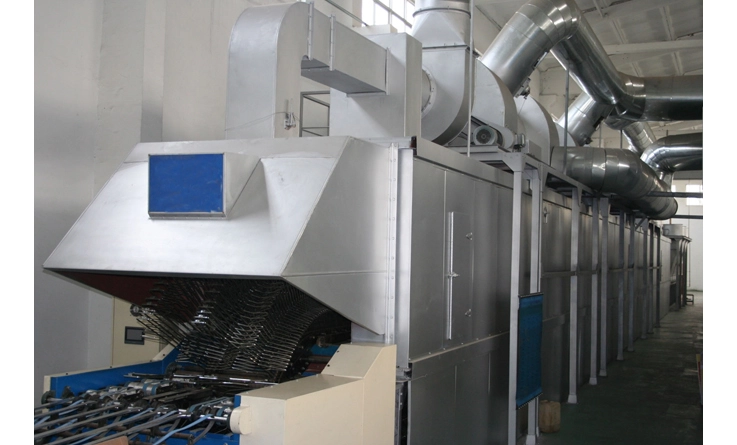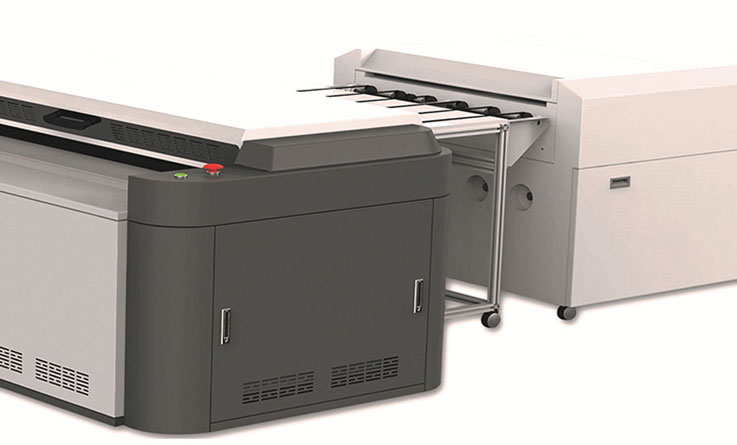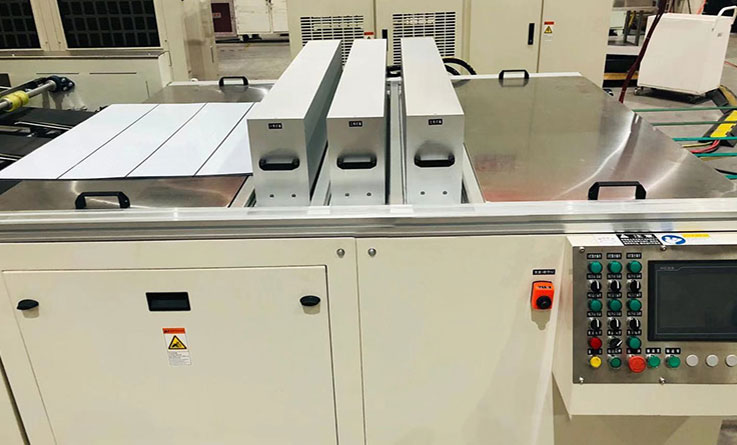Tinplate is a kind of low carbon thin steel plate based on steel plate and plated with pure tin on both sides to make it shiny and bright. Tin-plated steel sheets are divided into two types: hot-dip tin-plated sheets and electroplated tin-plated sheets, depending on different tin-plating process.
The structure of tinplate is composed of steel substrate, tin-iron alloy layer, tin layer, oxide film and oil film.
1. If the oil film is too thick, it will affect the quality of tinplate printing
Viewed from its structure, the surface of tinplate is coated with a very thin oil film, aiming to prevent the tinplate from rusting during storage and transportation, so that the stacks of tinplate can be easily opened one by one during printing. The components of oil film mostly are dioctyl sebacate or acetyl tributyl citrate. At present, the tinplate produced in various countries in the world does not have a certain standard on the thickness of the oil film. Generally, the amount of oil applied is controlled at 2~4mg/㎡, but some are above 6mg/㎡. If the amount of oil applied is too much, it will affect the quality of tinplate printing, so that the coating and ink layer cannot completely wet the surface of the tinplate, as a result, the round or oval pore defects will be formed on the ink layer after baking and curing, commonly known as "eye holes". . "Eye holes" can lead to adhesion reduction between the ink layer and the tinplate. Therefore, if the amount of oil applied to the surface of tinplate is more than 6mg/m2, the tinplate should be pre-baked with a printing dryer before printing, so that the excess oil film on the tinplate can be volatilized. The pre-baking temperature is generally between 200°C and 15min, and the vehicle speed is 4200r/h.
In addition, due to the poor production environment, for example, the surface of tinplate is covered with tiny water droplets due to moisture before printing, the seasonal climate is too cold, etc., all of which will cause the incompatibility of the tinplate surface to paint and ink coating, affecting its adhesion. For similar phenomenon, pre-baking with a printing dryer before printing will all basically eliminate them.
2. The poor quality of the oil film will also affect the quality of tinplate printing
The easiest way to check whether the oil film on the tinplate surface is qualified is by the liquid tension and casting test of the coating. Take a small amount of paint, pour it slowly on the flat tinplate surface, and then pay attention to observing the paint. At this time, the coating liquid quickly spreads to the surroundings, and the wetted radius from the center of the liquid to the surroundings is roughly equal. Then lift one end of the tinplate to make it form a 45-degree angle with the plane. At this time, the liquid flows evenly to the other end, and in this case, the amount of oil film on the tinplate meets the metal decorating printing requirements. If the coating condenses on the surface of the tinplate without dispersion, or spreads around irregularly, the amount of oil film does not meet the requirements before printing, and the tinplate should be pre-baked in a drying oven before printing.
3. The influence of oxide film on tinplate surface on tinplate printing
The second layer of the tinplate surface structure is the oxide film. After the tinplate tinning process with the automatic offset printing machine is completed, there will be a thin oxide film on the tin surface, which is mostly composed of divalent tin or tetravalent tin oxides and their hydrates, and the structure is very unstable. Some people think that the thinner the oxide film, the better the adhesion, and vice versa, which is not unreasonable. After the tinplate is tinned, passivation treatment is required. The purpose of the passivation treatment is to stabilize the surface of the tinplate and prevent the growth of the oxide film on the surface. Excessive oxide film will discolor tinplate in its long-term storage, especially after printing and baking. And because of its structural instability, the tinplate printing ink layer on the oxide film will fall off, so that the ink adhesion performance is lost, and product quality problems will occur.
Electroplated tinplate surfaces are usually chemically or electrochemically passivated. Hot-dip tinplate is not passivated during the production process. Therefore, when manufacturers make various exquisite packaging metal containers through tinplate printing, they must correctly choose tinplate materials according to the product shape and machining characteristics.

 English
English français
français Deutsch
Deutsch Español
Español italiano
italiano русский
русский العربية
العربية tiếng việt
tiếng việt Türkçe
Türkçe فارسی
فارسی magyar
magyar Ελλάδα
Ελλάδα Burmese
Burmese


